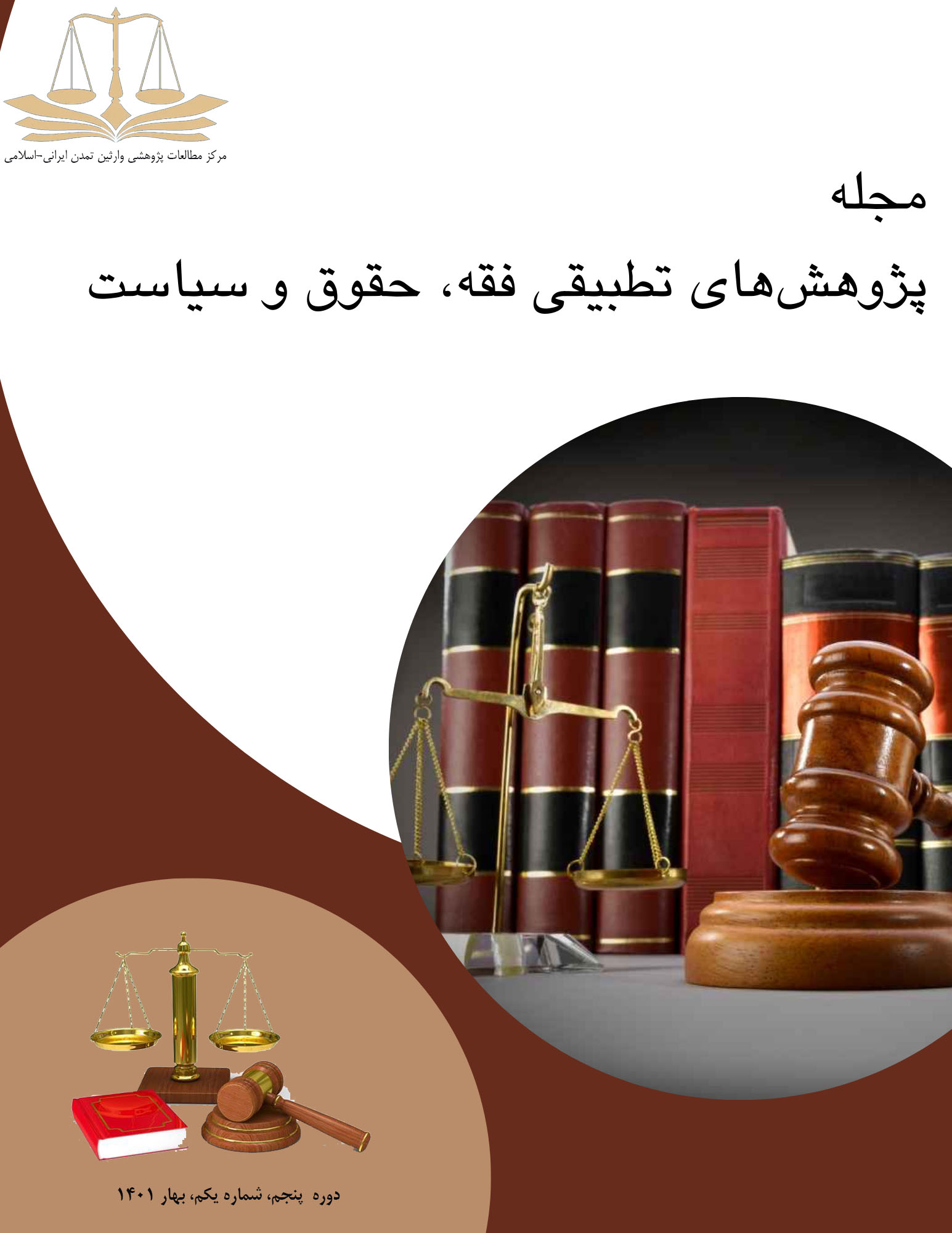A Functional Analysis of the Institution of Alimony in Iranian Family Law
Keywords:
Alimony, family disputes, Iranian family law , legal comparison, financial institutions, Islamic jurisprudenceAbstract
Alimony (nafaqa) is one of the most important financial institutions in Iranian family law, rooted in the principles of Islamic jurisprudence (Imamiyya) and codified in civil law. It plays a crucial role in meeting the material and emotional needs of women in marital life. This article aims to analyze the functions of alimony in Iran’s legal system and compare it with other countries. Initially, the theoretical foundations and economic and social functions of alimony are explored. The article then addresses the legal and practical challenges of implementing alimony in Iran, such as the lengthy judicial process, complexities in determining the amount of alimony, and evasion of payment by some husbands. Moreover, a comparative analysis of alimony in Iranian law with that of other countries, especially Islamic and European countries, highlights both differences and similarities in this legal institution. In the concluding section, the article offers legal and practical suggestions to improve the alimony system and reduce family disputes. These recommendations include legal reforms for clearer determination of alimony, strengthening oversight over the enforcement of alimony judgments, and raising social and cultural awareness regarding the significance of alimony in strengthening the family unit. The findings indicate that alimony, beyond being a financial obligation, serves as a supportive tool that enhances marital relationships and reinforces the family structure within society.
Downloads
Published
Submitted
Revised
Accepted
Issue
Section
License
Copyright (c) 2024 Azam Bahmani (Author); Mehdi Hamzeh Howeyda (Corresponding author); Saeed Kheradmandi (Author)

This work is licensed under a Creative Commons Attribution-NonCommercial-ShareAlike 4.0 International License.









